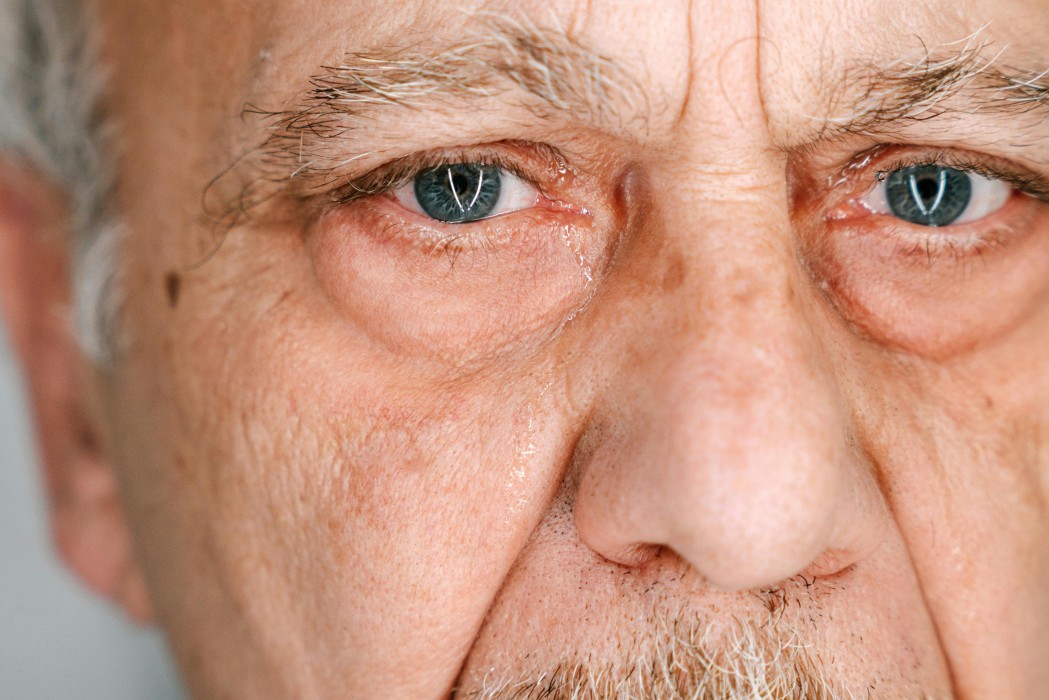The Early Stages of Cataracts in Seniors

Photo source: Ivan Samkov
If you have cataracts, your vision may resemble looking through a frosted or foggy window. The cloudiness caused by cataracts can make reading harder and driving at night more challenging.
Most cataracts develop gradually and do not impact vision at first. However, as time goes on, it will eventually impair eyesight.
Early stages of cataracts
Blurry vision
You’re in your early stages of cataracts when your vision starts to appear blurred or cloudy. This occurs because the lens becomes increasingly opaque, scattering light before it reaches the retina, making objects look fuzzy or dimmed even in well-lit conditions.
Sensitivity to light
Another early symptom is increased sensitivity to bright lights, such as sunlight or headlights. People with cataracts often see glare or halos around lights, which can be particularly noticeable when driving at night. This light sensitivity can cause discomfort and further impair visual clarity.
Changes in colour perception
Colours may start to appear faded, less vibrant, or have a yellowish tint. This is due to the cataract lens filtering and distorting light wavelengths, altering the perception of colours and making the world look duller.
Double vision
In some cases, cataracts cause double vision in one eye (monocular diplopia), which may occur early on. This symptom often diminishes as the cataract grows.
Risk factors for eye cataracts
Age
As we age, proteins in the eye’s lens gradually break down and clump together, leading to clouding of the lens. This process, influenced by oxidative damage and changes in lens cell structure, makes older adults much more susceptible to developing cataracts over time.
Diabetes
Elevated blood sugar levels can cause changes in the eye’s lens through osmotic stress and glycation of lens proteins, accelerating cloudiness and cataract development.
Ultraviolet light exposure
Prolonged and unprotected exposure to UV radiation from sunlight increases cataract risk. UV rays can generate free radicals that damage lens proteins and cells, promoting cataract formation.
Smoking
Chemicals in tobacco smoke increase oxidative stress in the eye, damaging the lens and speeding cataract development. The risk depends on the duration and intensity of smoking.
Keep your eyes cataract-free
Protect your eyes against the early stages of cataracts by wearing UV-blocking sunglasses, avoiding smoking, managing chronic conditions like diabetes, and having regular eye check-ups. These steps can help slow down or prevent the clouding of the lens and preserve clear vision for as long as possible.













